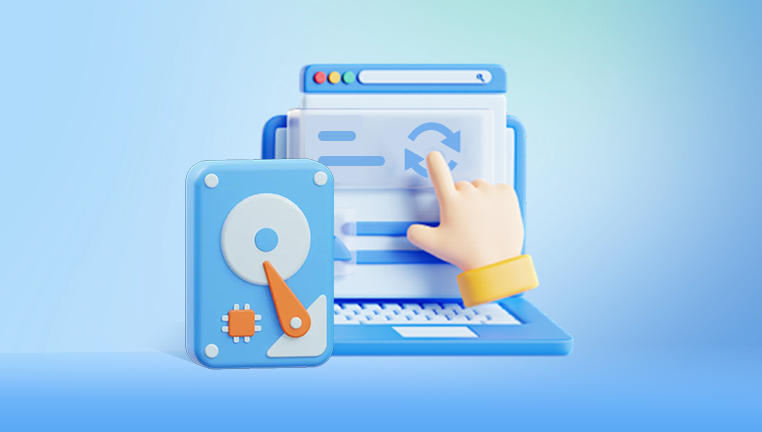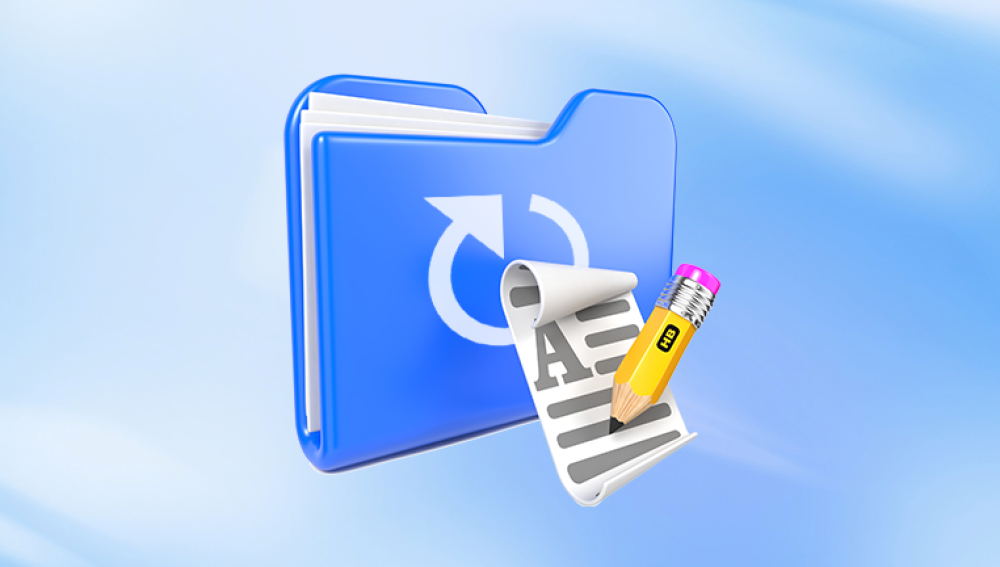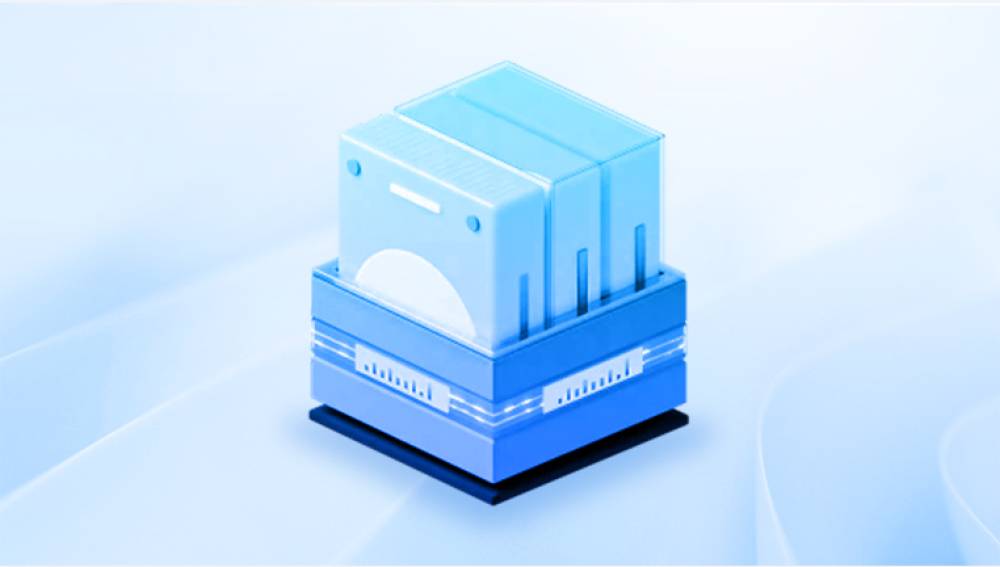Recovering data from a portable hard disk can be essential, especially if the disk contains important files or documents. This guide provides an in-depth approach to understanding potential issues, utilizing different recovery methods, and taking preventive measures to avoid future data loss. Here’s a comprehensive strategy to help you recover data effectively.
Understanding the Problem
Portable hard disks can become inaccessible or fail due to several reasons:
Physical Damage: Dropping the disk, exposure to water, or physical impact can damage the hardware.
Logical Errors: File system corruption, bad sectors, or accidental deletion of files can make data inaccessible.
Mechanical Failures: Issues like a malfunctioning read/write head, spindle motor problems, or platters getting stuck.
Firmware Issues: Firmware corruption can prevent the hard disk from being recognized by the computer.
Preliminary Checks
Before diving into advanced recovery methods, perform these basic checks:
Check Connections: Ensure the USB cable and ports are working. Try different cables and ports.
Power Supply: Some portable hard disks need more power. Use a Y-cable or an external power source if necessary.
Try on Different Devices: Connect the hard disk to another computer to rule out device-specific issues.
Listen for Noises: Unusual clicking or grinding noises indicate mechanical failure.
Software-Based Recovery Methods
If the hard disk is physically intact, software-based recovery can be the first step.
As long as you download our Drecov Data Recovery software, it will be easy to recover deleted files from your hard drive with just a few steps. After purchasing, we can provide long-term file protection.
https://recovery.pandaoffice.com/

1. Using Built-in OS Tools
Windows:
Check Disk Utility (CHKDSK):
Open Command Prompt as an administrator.
Type chkdsk X: /f /r (replace X with your drive letter).
Follow the on-screen instructions to repair the drive.
Mac:
Disk Utility:
Open Disk Utility from Applications > Utilities.
Select the portable hard disk and click on “First Aid”.
Follow the prompts to repair the disk.
2. Third-Party Data Recovery Software
Several reliable data recovery software tools can help recover data from a corrupted or inaccessible portable hard disk:
Recuva: Free and user-friendly, good for recovering accidentally deleted files.
EaseUS Data Recovery Wizard: Offers deep scan options, good for more severe cases of data loss.
Disk Drill: Known for its extensive file format support and ease of use.
R-Studio: Advanced software suitable for professionals with support for various file systems and RAID recovery.
TestDisk: Open-source tool, effective for recovering lost partitions and making non-booting disks bootable again.
Steps for Using Data Recovery Software:
Download and Install: Install the chosen recovery software on a different drive to avoid overwriting lost data.
Scan the Disk: Launch the software and select the portable hard disk for scanning.
Preview and Recover: After the scan, preview the recoverable files and choose the ones you need. Save recovered files to a different storage device.
Hardware-Based Recovery Methods
If the software methods fail, it might indicate physical damage. Here are some hardware-based approaches:
1. Freezing Method
Note: This is a controversial method and can be risky. Use it as a last resort for mechanical issues.
Place the hard disk in an airtight plastic bag.
Put it in the freezer for several hours.
Connect it immediately to a computer and try to copy the data before it warms up.
2. Swapping the Enclosure
Sometimes, the issue is with the enclosure rather than the disk itself:
Purchase a new external hard drive enclosure.
Remove the hard disk from the old enclosure and place it in the new one.
Connect it to your computer and attempt to access the data.
3. Professional Data Recovery Services
If all else fails, professional data recovery services can recover data from severely damaged disks. These services can be expensive but are often the last resort for critical data recovery. Companies like DriveSavers, Ontrack, and Gillware offer professional recovery services.
Preventing Future Data Loss
Once you’ve recovered your data, take these steps to prevent future data loss:
Regular Backups:
Automated Backups: Use tools like Windows Backup and Restore, Time Machine for Mac, or third-party solutions like Acronis True Image.
Cloud Storage: Services like Google Drive, Dropbox, and OneDrive offer reliable cloud storage solutions.
Redundancy: Keep multiple backups in different locations (e.g., local drive, external drive, cloud storage).
Use Reliable Hardware: Invest in high-quality hard disks and storage devices with good reviews and reliability ratings.
Handle with Care: Avoid physical shocks, extreme temperatures, and moisture. Use protective cases for portable hard disks.
Regular Disk Maintenance:
Disk Defragmentation: Regularly defragment your hard disk to maintain performance (for HDDs).
Health Monitoring: Use tools like CrystalDiskInfo to monitor the health of your disk and catch issues early.
Safe Removal: Always use the “Safely Remove Hardware” option before disconnecting the hard disk to prevent file system corruption.
Detailed Steps for Software Recovery
To elaborate further on the software recovery methods, let's dive into more detailed steps for each recommended software:
Recuva
Download and Install Recuva: Visit the official website and download Recuva. Install it on a different drive to avoid overwriting data.
Run Recuva: Open the software and select the file types you want to recover or choose "All Files".
Select the Drive: Choose the portable hard disk from the list of available drives.
Scan for Files: Click on "Start" to begin the scan. Recuva offers a "Deep Scan" option for thorough searching.
Preview and Recover: After the scan, preview the recoverable files. Select the files you need and click "Recover" to save them to a different drive.
EaseUS Data Recovery Wizard
Download and Install EaseUS Data Recovery Wizard: Visit the official EaseUS website, download the software, and install it.
Launch the Software: Open the program and select the portable hard disk to scan.
Scan for Lost Data: Choose between a quick scan for basic recovery or a deep scan for more extensive searching.
Filter and Preview: Use filters to narrow down the search results. Preview the files to verify their integrity.
Recover Data: Select the files you wish to recover and save them to a different location.
Disk Drill
Download and Install Disk Drill: Download the software from the official website and install it on your computer.
Select the Drive: Open Disk Drill and select the portable hard disk from the list of drives.
Start Scanning: Click on "Search for lost data" to begin the scanning process. Disk Drill will provide a detailed scan report.
Review and Recover: Review the scan results and select the files you want to recover. Click "Recover" and choose a new location to save the files.
R-Studio
Download and Install R-Studio: Visit the official R-Studio website, download the software, and install it.
Open R-Studio: Launch the software and select the portable hard disk.
Scan the Disk: Choose the type of scan you want to perform (Quick, Full, or File Type).
Analyze the Results: Review the scan results and use the built-in viewer to verify the files.
Recover Files: Select the files you wish to recover and save them to a different storage device.
TestDisk
Download TestDisk: Visit the official TestDisk website and download the software.
Extract and Run: Extract the downloaded files and run TestDisk (it's a command-line tool).
Select the Disk: Choose the portable hard disk from the list of available drives.
Analyze the Disk: Follow the on-screen instructions to analyze the disk structure and search for lost partitions.
Recover Data: Use the available options to recover lost partitions or make non-booting disks bootable again.
Conclusion
Data recovery from a portable hard disk involves understanding the nature of the issue, trying software-based solutions first, and resorting to hardware-based methods or professional services if necessary. Regular backups and careful handling can significantly reduce the risk of data loss in the future. By following this guide, you can increase the chances of successfully recovering your valuable data and safeguarding it against future threats.
Final Tips
Stay Calm: Panic can lead to hasty decisions that might worsen the situation.
Seek Professional Help When Needed: If the data is irreplaceable and software methods fail, don’t hesitate to consult professionals.
Educate Yourself: Understanding how hard disks work and common causes of failure can help in preventing data loss.
By adhering to these guidelines and taking proactive measures, you can effectively manage data recovery and protect your valuable information in the future.




